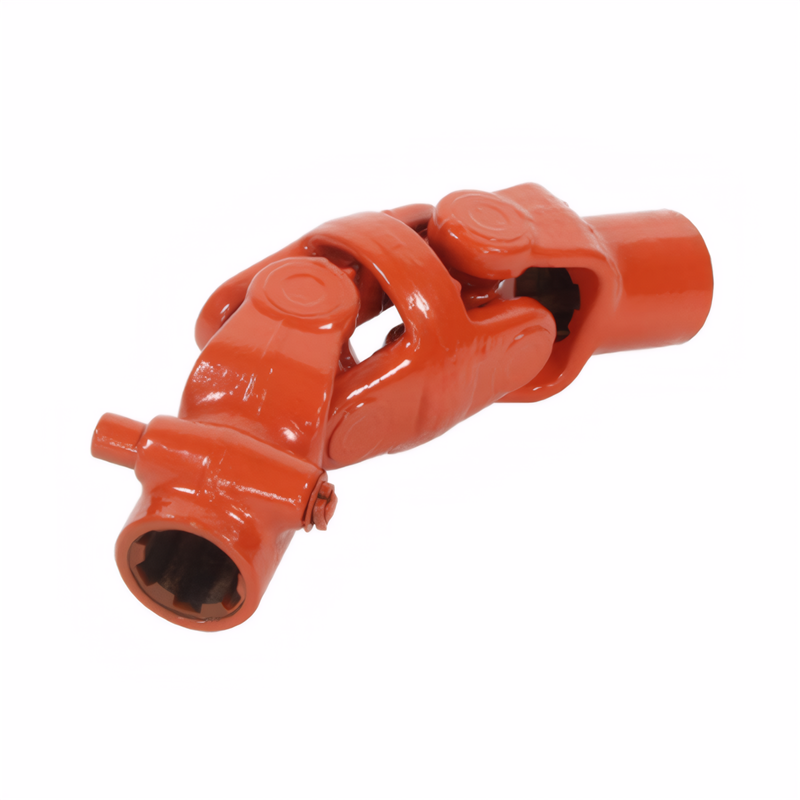The function of the drive shaft buffer pad
Functional Roles of Drive Shaft Buffer Pads in Automotive Systems
Vibration Damping and Noise Reduction
Drive shaft buffer pads serve as critical components in isolating mechanical vibrations generated during power transmission. The rotational motion of drive shafts, particularly at high speeds exceeding 3,000 RPM, creates harmonic vibrations that propagate through the drivetrain. These polyurethane or rubber-based pads absorb and dissipate vibrational energy through their viscoelastic properties, preventing resonance amplification in connected components like transmission housings and differential cases.
The damping mechanism operates through hysteresis loss, where the material deforms under cyclic loading and releases energy as heat rather than transmitting it as noise. This process reduces the transmission of structural-borne noise into the vehicle cabin, addressing common complaints about drivetrain whine or gear rattle at specific engine speeds. Technical studies show proper buffer pad installation can decrease cabin noise levels by 3-5 decibels under typical driving conditions.
Load Distribution and Stress Relief
Buffer pads play a vital role in evenly distributing operational loads across drive shaft mounting surfaces. During acceleration and deceleration cycles, the shaft experiences axial thrust forces that create uneven pressure points on supporting structures. The compliant nature of buffer pads allows them to conform to irregularities in mating surfaces, creating a larger contact area that reduces peak stress concentrations.
This stress-relieving function extends component lifespan by preventing fatigue cracking in drive shaft flanges and transmission tail housings. In heavy-duty applications, the pads also accommodate minor misalignments between components without inducing binding forces. Material selection focuses on compression set resistance to maintain consistent load distribution over hundreds of thousands of operational cycles.
Thermal Insulation and Component Protection
The temperature differentials between operating drive shafts and stationary mounting structures necessitate thermal protection measures. Buffer pads act as thermal barriers, preventing heat conduction from the shaft to sensitive components like electronic sensors or hydraulic lines mounted nearby. The low thermal conductivity of rubber compounds used in these pads helps maintain optimal operating temperatures for adjacent systems.
Additionally, the pads protect against abrasive wear caused by metal-to-metal contact during dynamic movement. As the drive shaft articulates through its operating range, the buffer material provides a sacrificial layer that prevents scoring or gouging of mating surfaces. This protective function becomes particularly important in off-road vehicles where drivetrain components experience extreme angular displacements.
Impact Absorption During Torque Transients
Sudden torque changes from gear shifts or traction control interventions create transient forces that stress drivetrain components. Buffer pads cushion these impacts through their energy-absorbing properties, preventing instantaneous load spikes that could damage universal joints or slip yokes. The progressive stiffness characteristic of quality buffer materials ensures they remain compliant under normal loads while providing increasing resistance during extreme force events.
This dual-function behavior helps maintain drivetrain integrity during aggressive driving maneuvers or when encountering sudden road obstacles. The pads' ability to deform and recover quickly after impact events contributes to the overall durability of the powertrain system, reducing maintenance requirements associated with shock-related failures.
 The inspection method for the
The inspection method for the
 Symptoms of wear of the univer
Symptoms of wear of the univer
 Analysis of the Causes of Abno
Analysis of the Causes of Abno
 The ability of the drive shaft
The ability of the drive shaft
 简体中文
简体中文 English
English
